Sewing Glossary: How To Sew A Zipper Fly
Sewing a zipper fly when making pants or trousers can be quite an intimidating task for a lot of people. There are many different methods and techniques for installing zippers, some more confusing than the others but none are truly difficult. Once you learn all the right steps and practice a couple of times, you’ll see how easy it actually is to sew a perfect zipper fly.
Today we are going to show you how to sew a fly front zipper on pants and trousers. Traditionally, in women’s pants and trousers, the fly is right side over left, whereas for jeans it’s left side over right. So if you are planning to use this tutorial to construct a pair of jeans, you need to move your fly to the right side by switching the fly facing and the fly shield and the right and left references in these instructions.
If your pattern pieces don’t look exactly like the pieces used in this tutorial, they can easily be adapted. Did you know that it’s actually very easy to add a zipper fly to a pants pattern that doesn’t include one? You can convert any zipper opening to a fly opening by drafting a fly facing piece that is at least 1 3/8” wide and 3/4″-1” longer than your zipper opening. As for the fly shield, you need to double the width of the fly facing and lengthen the piece by another ½-3/4”. Don’t forget to add the seam allowances!
Follow this step-by-step tutorial and learn how to sew a pant zipper fly!
Materials
Fabric of your choice. In this tutorial we are using our 4C22 REED Softened Heavy Weight 100% Linen
Matching sewing thread, pant or trouser zipper, one large button (36-40L), medium weight fusible interfacing
Note: Make sure your zipper is at least 1” longer than the zipper opening. Don’t worry if you can’t find the exact size, if your zipper is too long, you can always trim it and make it fit your opening. To shorten a zipper, whipstitch several times over chain, ¾” below desired new length, then cut off the excess.
Tools
Scissors, pins, ruler, measuring tape, fabric marker, zipper foot, buttonhole foot, seam ripper, needle, sewing machine
Difficulty
Advanced Beginner
Sewing Time
1 hour
Steps
Note: Please note that our standard seam allowance is 3/8” (1 cm) unless otherwise indicated.
1. On the right front only, cut off and discard the 3/8″ (1 cm) zipper extension. The left front must have this extension so that the zipper can be offset from the center front by 3/8”. This extension hides the zipper and makes it invisible from the right side of the garment.
2. Finish the front and back rises using your preferred method (serge or zigzag stitch).
Next, prepare the pieces.
3. Apply fusible interfacing to the wrong side of your fly facing piece. Serge or zigzag stitch around the curved edge.
4. With right sides together, stitch along the bottom edge of the fly shield at a 3/8” (1 cm) seam allowance. Trim and clip the corner to reduce bulk.
5. Turn the shield right side out, press and finish the raw edges together. Make sure not to trim any seam allowances off if you are using a serger.
6. Now that the preparation is over, take your left and right fronts and pin them right sides together along the crotch seam. Stitch the lower part of the front crotch seam from the zip notch all the way to the bottom of the seam using your standard seam allowance (3/8” in this tutorial). Remember to backstitch at the beginning and end of the seam.
7. Fold the left front extension to the wrong side and press.
8. Working from the right side of your pants, align the zipper teeth with the folded edge and pin in place. Be aware of your seam allowance and position the zipper stop about 1/2” below the top of the pant front, to allow some room for the waistband to be attached.
9. Switch to a zipper foot and run a line of edgestitching all the way down approximately 1/16”- 1/8” from the folded edge.
Next thing to do is to attach the fly shield to the left pant front.
10. Slide the fly shield underneath the zipper and align its finished edge with the folded over front extension. Pin in place.
11. Stitch right on top of the existing line of stitching to secure the fly shield in place.
12. Pin the fly facing to the right front pant right sides together and straight edges aligned.
13. Stitch from top edge to the zipper notch at your standard seam allowance (3/8” in this tutorial), a few millimeters past the notch to the inside of the crotch seam line as shown below:
14. Press your facing and seam allowance away from the pant front and then fold over to the inside of the pant. Topstitch along the folded edge.
15. Gently roll your left pant front with the zipper on top of the right pant front to determine the position for the other zipper tape.
Make sure that nothing is twisted and that the right front is extending over the left front by 3/8” (1 cm).
Once you’ve determined the good position, pin the zipper to the fly facing only, not to the pant front.
16. Open the zipper and stitch the pinned tape in place.
Now that the zipper is installed, the very last thing to do is to create that nice J-shaped topstitching on the right side of the garment.
17. To get a really nice shape, we recommend using a tacking thread to mark the stitching line. Don’t do too big stitches and follow the curve of your fly facing.
18. Turn the pant over to the right side and topstitch along the basting stitches.
19. Remove the basting stitches.
Optional: Sew a second line of topstitching around the J.
20. Bartack at the crotch point, where your J meets the center front, as this is a stress point.
21. To secure the fly and prevent it from flipping back and forth, place a small bartack at the corner of the fly shield and fly facing.
And you are all done! Not Follow your pattern instructions to attach the waistband and assemble the rest of your pants!





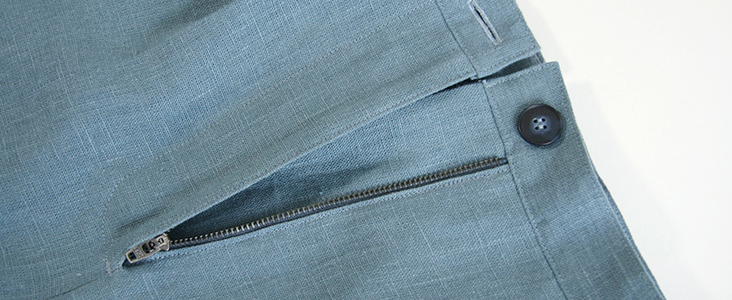
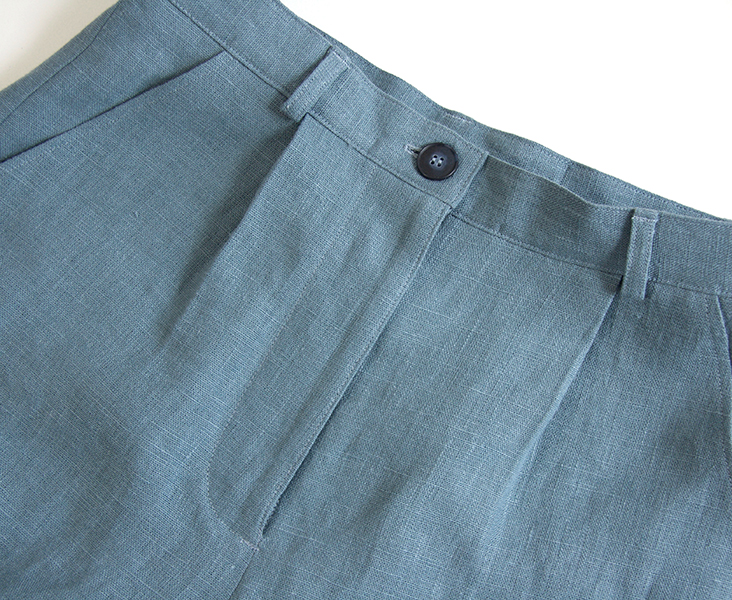
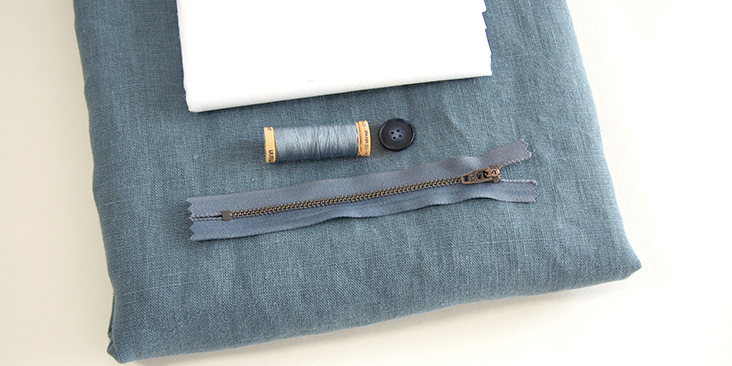
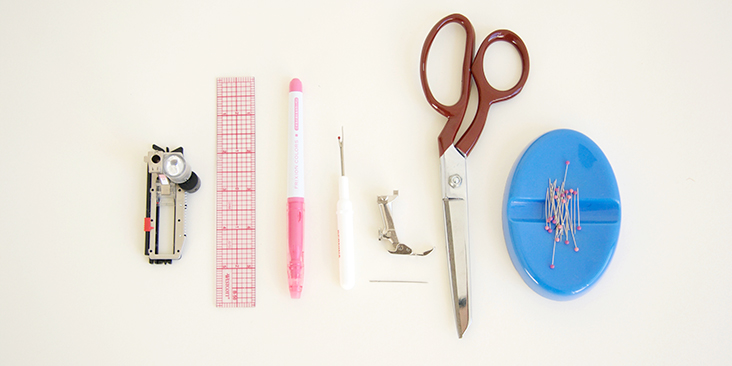
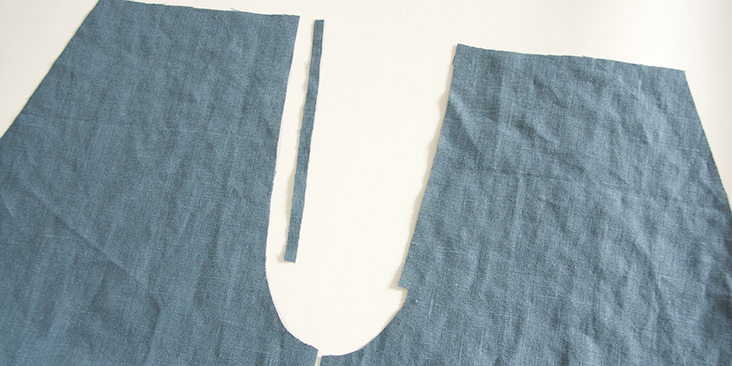
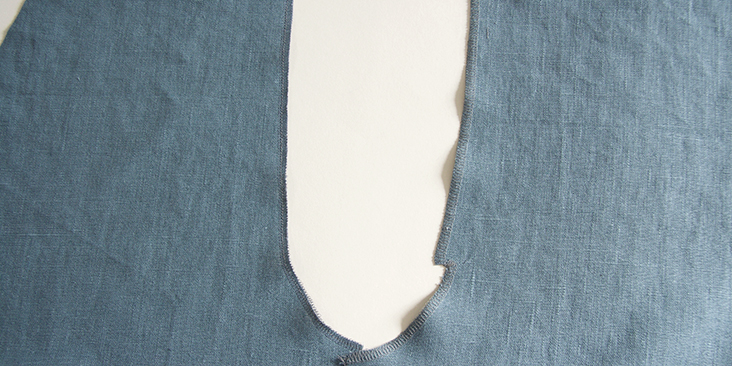
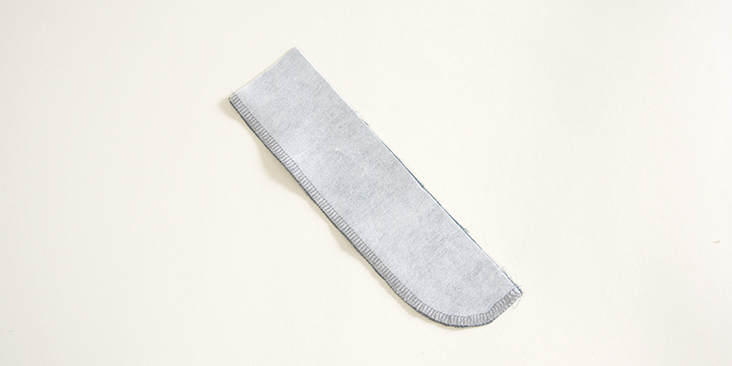
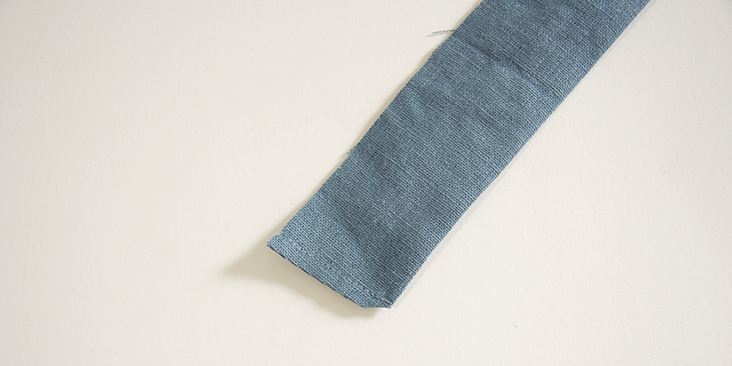
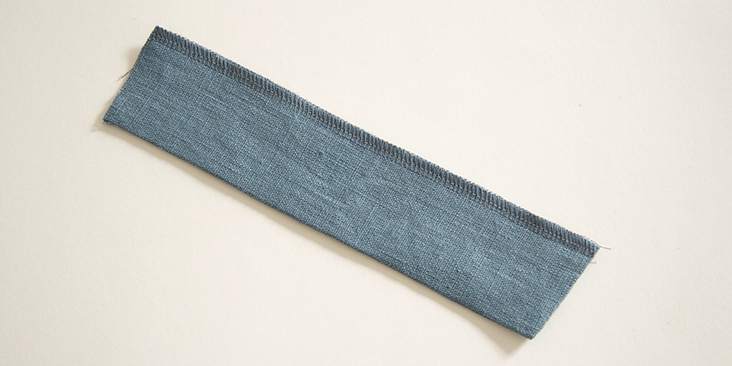
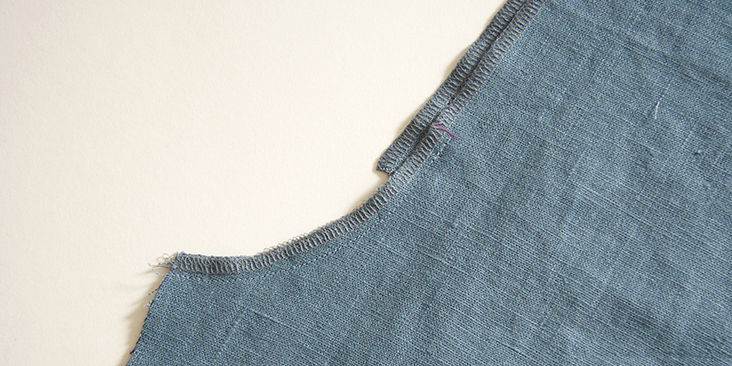


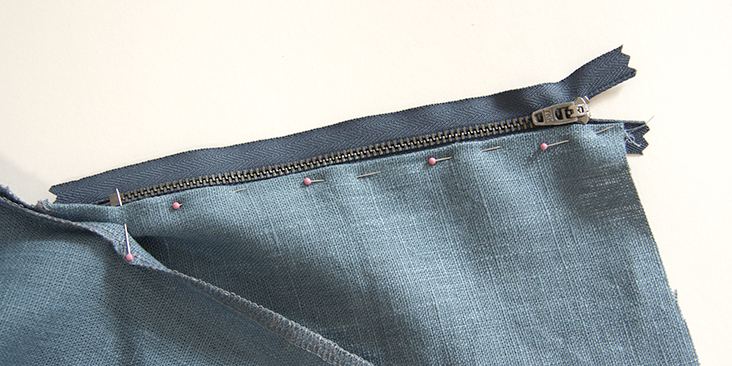
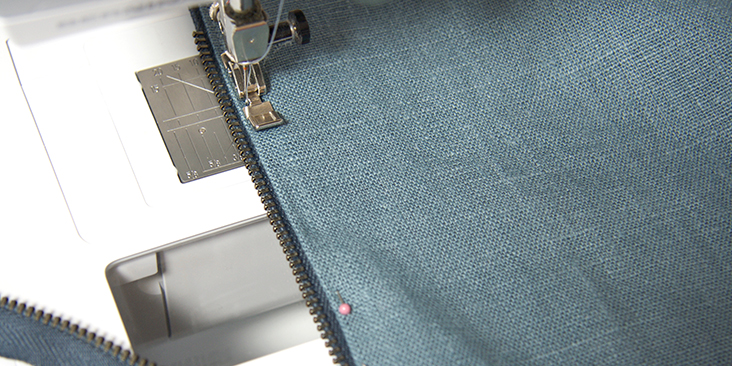
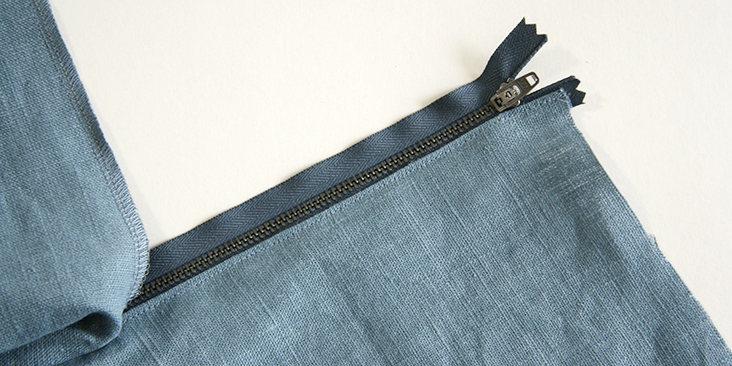
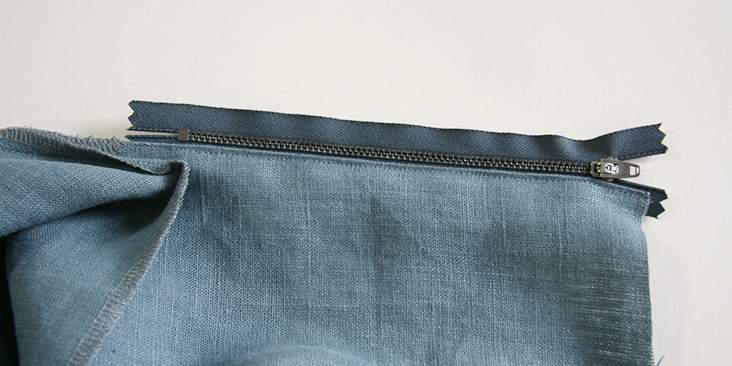

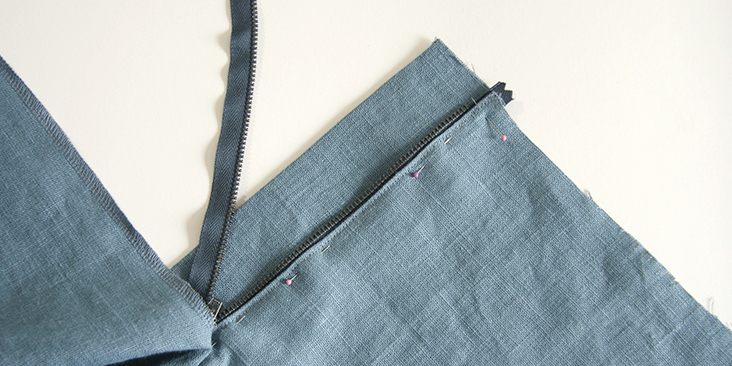
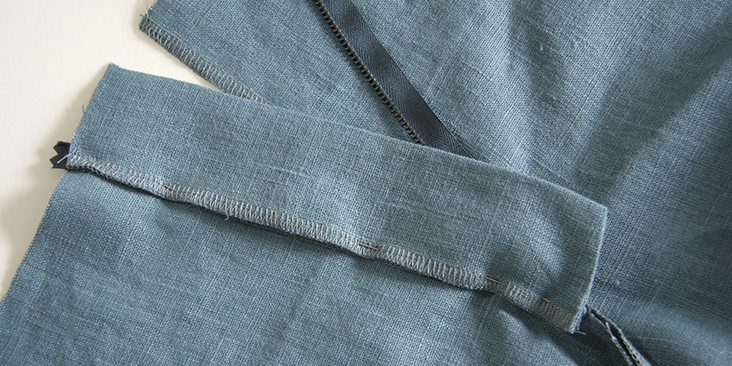
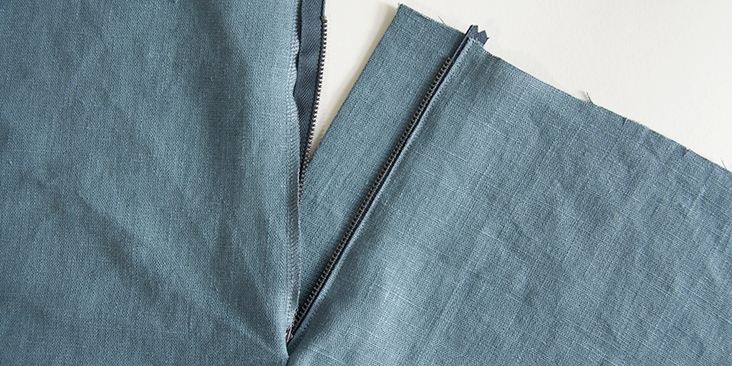
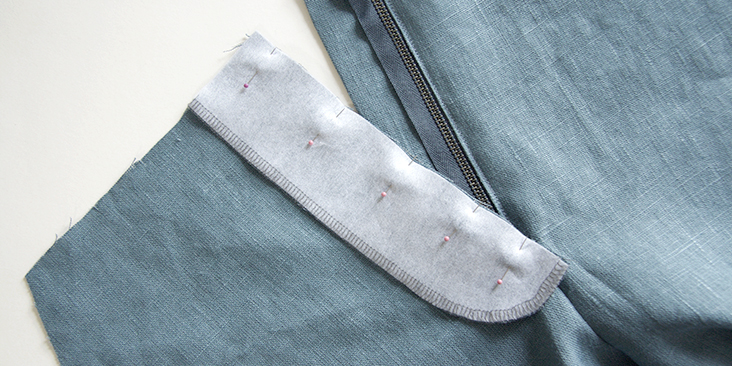


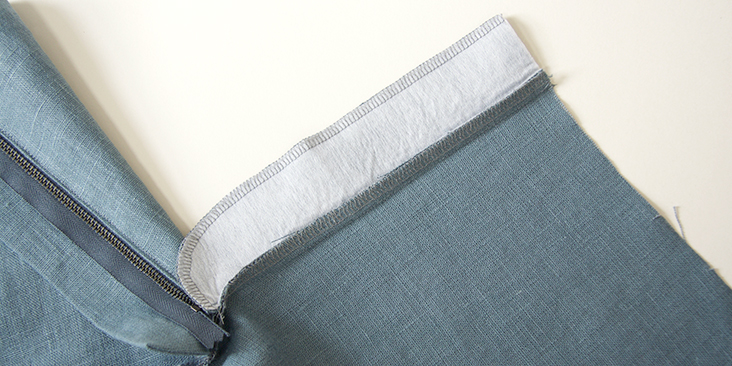
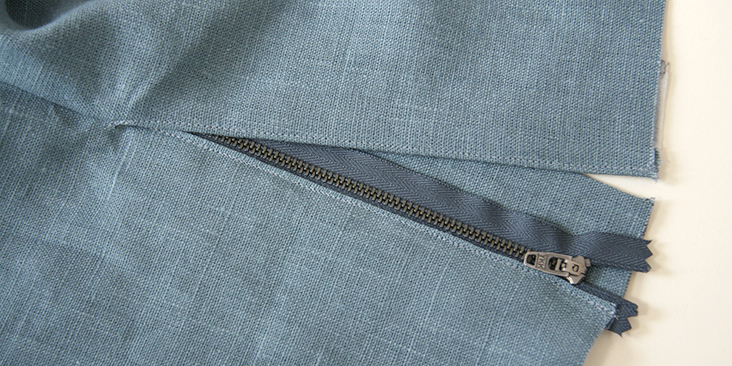
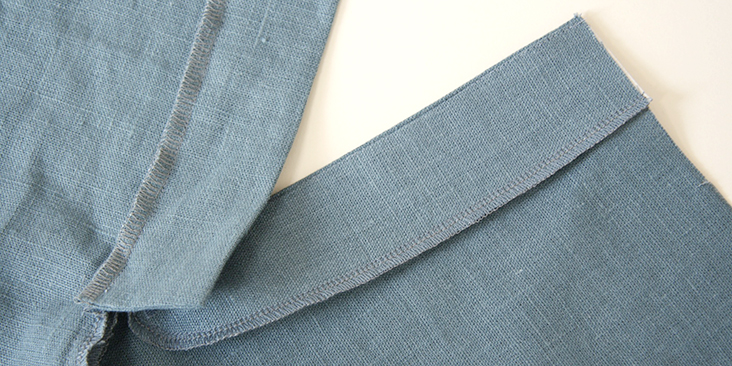
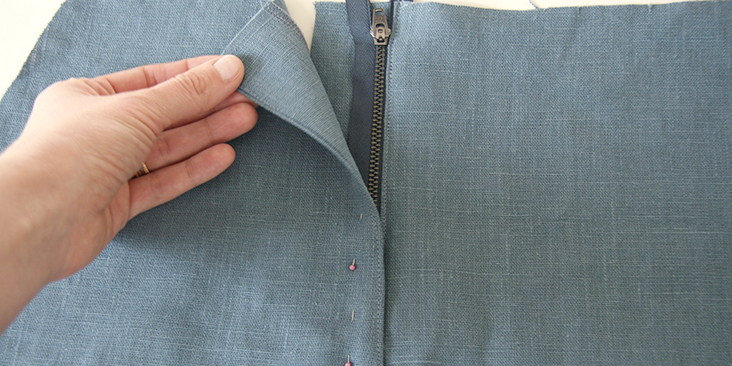
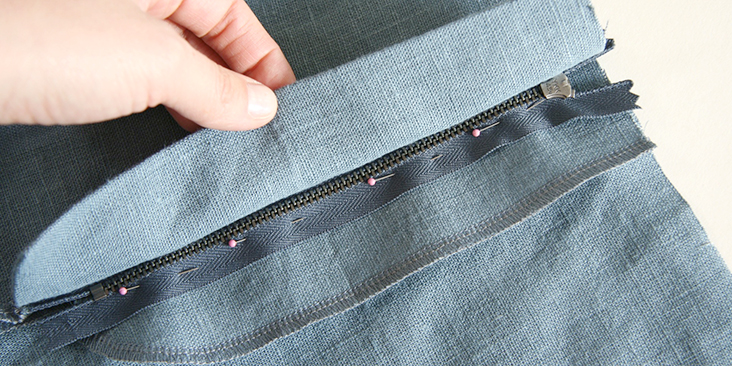

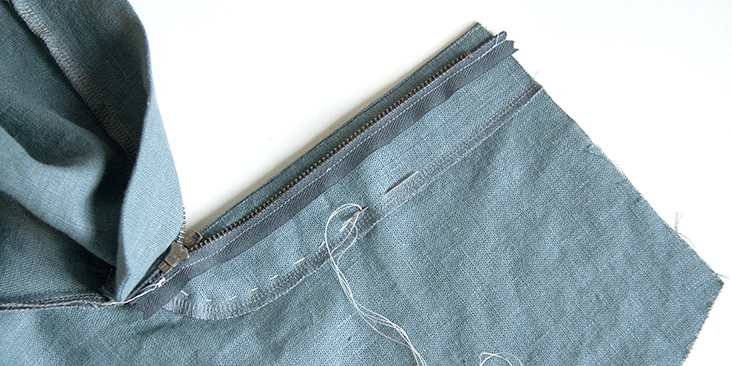
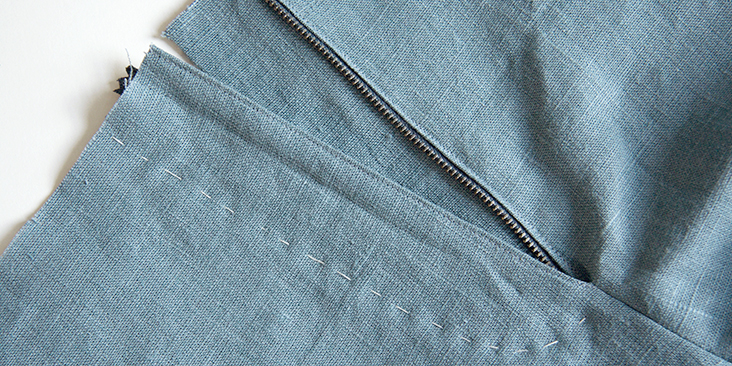
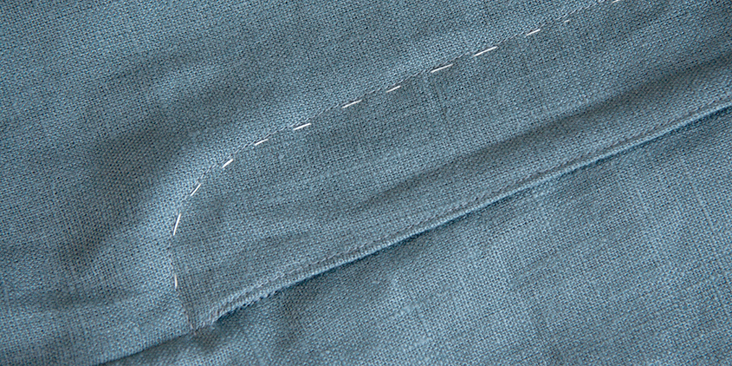
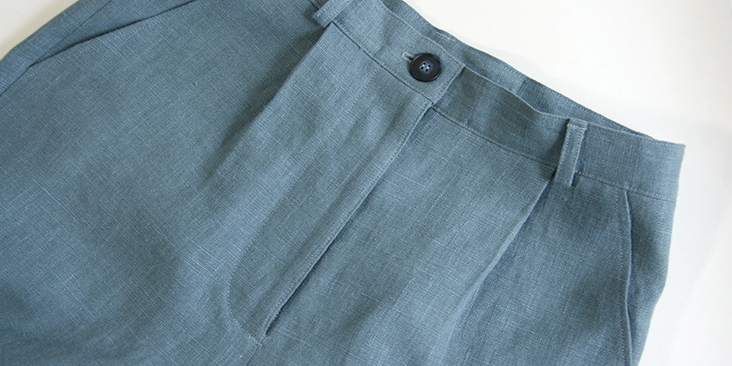



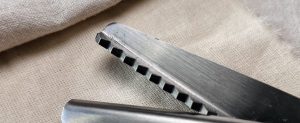






















2 Comments
Chase Twichell
Brilliant! Thank you.
Sarah Dombrowsky
Great tutorial, and very timely for me. No matter how many zippers I install, and at this point it must be over a hundred, I can still find a way to make a mistake, if I haven’t done one recently.